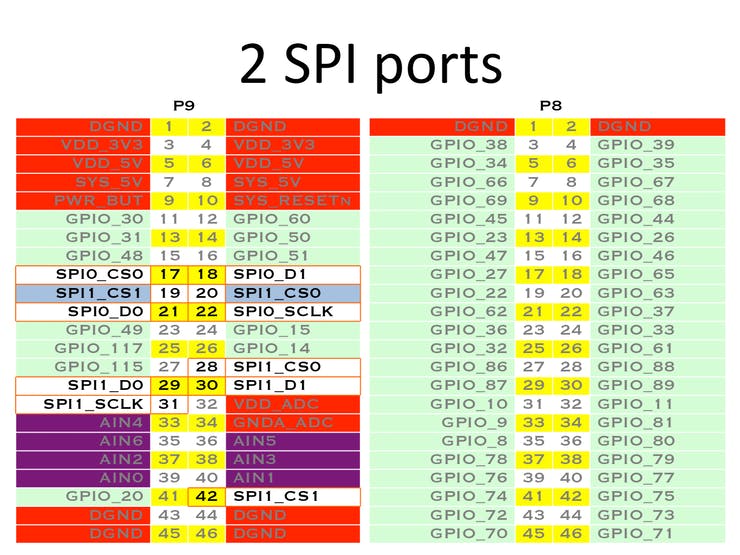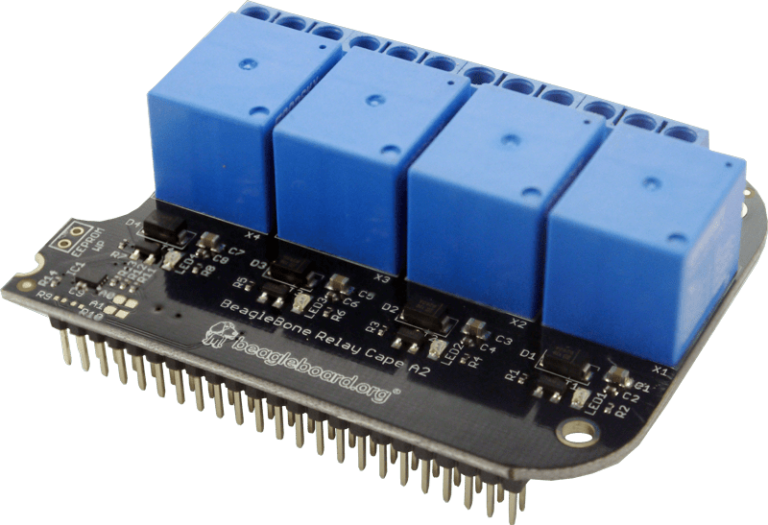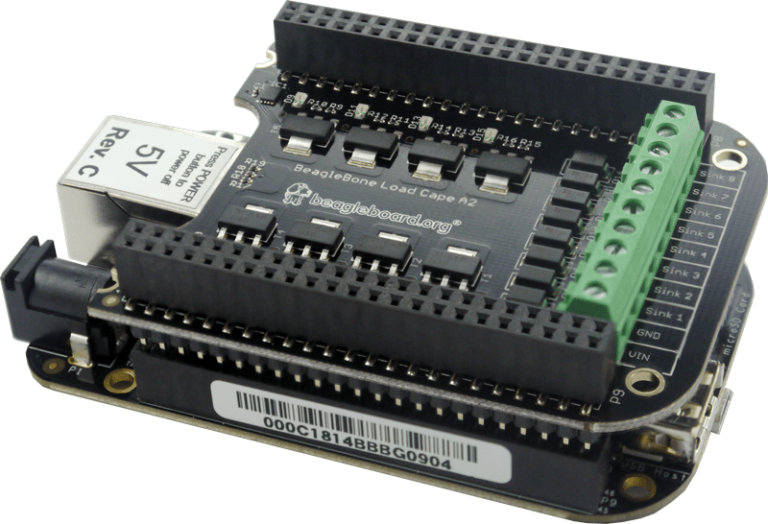Device Tree: Supporting Similar Boards – The BeagleBone Example
Linux

Most of the BeagleBone boards from BeagleBoard.org share the same form factor, have the same headers and therefore can accept the same extension boards, also known as capes in the BeagleBoard world. Of course, a careful PCB design was necessary to make this possible. This must have been relatively easy with the early models (BeagleBone […]



